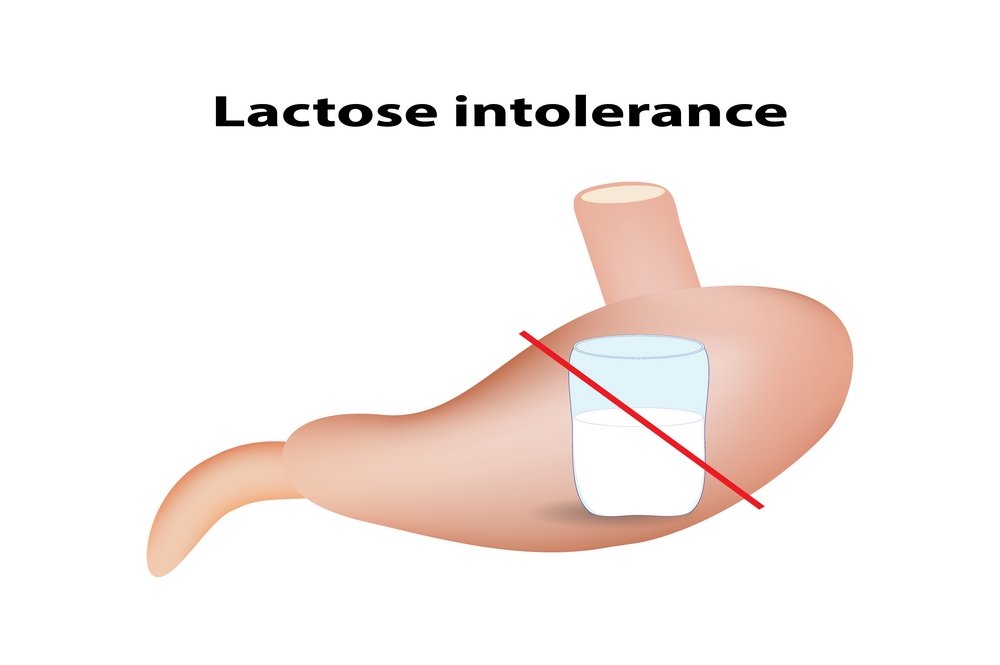Secondary lactose intolerance

In most adults that might experience abrupt lactose intolerance symptom later in life may be termed as acquired lactose intolerance. The hypolactasia here is a result of some damage to the cells of small intestine that produce lactase. The damaged cells’ inability to secrete adequate amounts of enzyme then results in the classical symptoms of lactose intolerance. On biopsies abnormal small intestine cells and low lactase production is detected. The damage to small bowel cells can be the result of some chronic illness, acute injury, disease, infection or surgery etc.
Celiac sprue and Crohn’s disease are strongly associated with low lactase production. A research reveals that in most cases lactose intolerance is the sole presentation of Crohn’s disease. Other than these, gastroenteritis, gastrinoma, carcinoid syndrome, radiation and chemo treatment, bacterial and parasitic infection and inflammation etc. can also damage the cells lining the small bowel. Lactose intolerance secondary to these causes is reversible. It may be short lived or may persist if the damage to mucosa of small intestine is severe. Recovery depends upon on the turnover time for the intestine lining to come back to normal. Once the damaged cells have been replaced with new functioning normal cells, lactase production can then begin.
